Alum Treatment For Lakes
Alum treatment for lakes. An alum treatment reduces internal phosphorus by applying aluminum sulfate alum to the lake. The treatment facility at Tanners Lake contains two alum holding-tanks chemical feed pumps a mixing chamber 12 x 18 x 30 m and a 056 m diameter hydrofoil impeller that mixes alum with inflows. Treatment of lakes with low doses of alum may effectively remove phosphorus from the water column but may be inadequate to provide long-term control of phosphorus release from lake sediments.
Reducing phosphorus concentrations in lake water. The revised aluminum dose for Heart Lake 129 mg AlL or 321 g Alm2 is less than other doses. Achieve the benefits of alum now rather than wait 15 to 30 years Alum can be safely reapplied and is still cost effective Alum is effective in shallow lakes and can support restoration efforts Plant establishment prevents resuspension Alum use is safe for both humans and lake organisms.
Recently treated lakes with higher areal doses include Green. Tanners Lake inflow are treated with alum. ALUM TREATMENTS TO CONTROL PHOSPHORUS IN LAKES March 2003 What is alum and how does it work.
ALUM aluminum sulfate is a nontoxic material commonly used in water treatment plants to clarify drinking water. While the alum smothers phosphorus in the lake bed it cannot stop phosphorus carried into lakes by streams. Alum use is safe for both humans and lake organisms.
Alum treatments are another tool in our toolbox for managing our lakes but reducing phosphorus inputs from the watershed through erosion control including through Youth Conservation Corps and LakeSmart is key to. Controlling external P loads is important but alum treatments can be effective even when watershed loads are moderately high. Each one of our Belgrade Lakes is unique in terms of size shape and watershed characteristics and in-lake remediation methods that work well in one lake may not work well in another.
These alum treatments can be an ecological switch flipping lakes from grimy to glorious almost instantlybut only if used in the right environmental context. Alum treatments are only one of many ways the Prior Lake-Spring Lake Watershed District is working to improve and protect water quality in your local lakes and wetlands. Such effectivenesslongevity makes alum a highly cost-effective in-lake treatment for shallow lakes.
Lake Carmi is too shallow for either of these methods to work effectively and diffused air circulation through a porous hose system would be more effective and less costly in solving the observed water. Alum is effective in shallow lakes and can support restoration efforts.
Treatment of lakes with low doses of alum may effectively remove phosphorus from the water column but may be inadequate to provide long-term control of phosphorus release from lake sediments.
Before the treatment started Barr Engineering collected water samples from Spring Lake and measured total phosphorus and Chlorophyll-A. ALUM TREATMENTS TO CONTROL PHOSPHORUS IN LAKES March 2003 What is alum and how does it work. Chemical distribution systems similar to that shown in Figure 1 are used most often for whole-lake buffered treatments that ensure complete mixing of alum and sodium aluminate in the lake. Alum treatments are only one of many ways the Prior Lake-Spring Lake Watershed District is working to improve and protect water quality in your local lakes and wetlands. The revised aluminum dose for Heart Lake 129 mg AlL or 321 g Alm2 is less than other doses. Achieve the benefits of alum now rather than wait 15 to 30 years Alum can be safely reapplied and is still cost effective Alum is effective in shallow lakes and can support restoration efforts Plant establishment prevents resuspension Alum use is safe for both humans and lake organisms. The alum binds to the phosphorus making it unavailable for algae growth. In fact the reality is that alum treatments most often deliver a benefit for fewer than 5 years with some lakes experiencing pre-treatment algae blooms in as little as 2 years after treatment. Such effectivenesslongevity makes alum a highly cost-effective in-lake treatment for shallow lakes.
The revised aluminum dose for Heart Lake 129 mg AlL or 321 g Alm2 is less than other doses. Applied to most other lakes treated since 2004 when the sediment phosphorus method was first. ALUM TREATMENTS TO CONTROL PHOSPHORUS IN LAKES March 2003 What is alum and how does it work. So Holz emphasized that alum treatments. Reducing phosphorus concentrations in lake water. Treated water is discharged to a settling pond through a v-notched weir. The revised aluminum dose for Heart Lake 129 mg AlL or 321 g Alm2 is less than other doses.

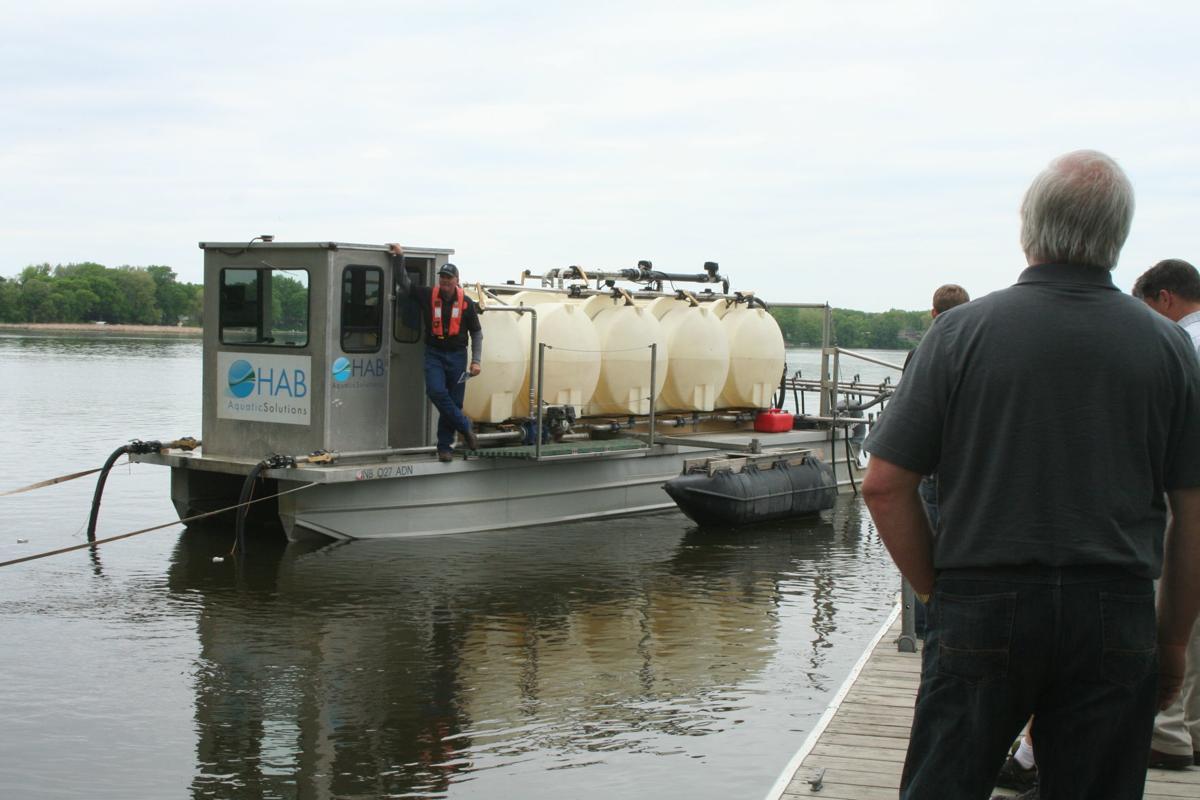
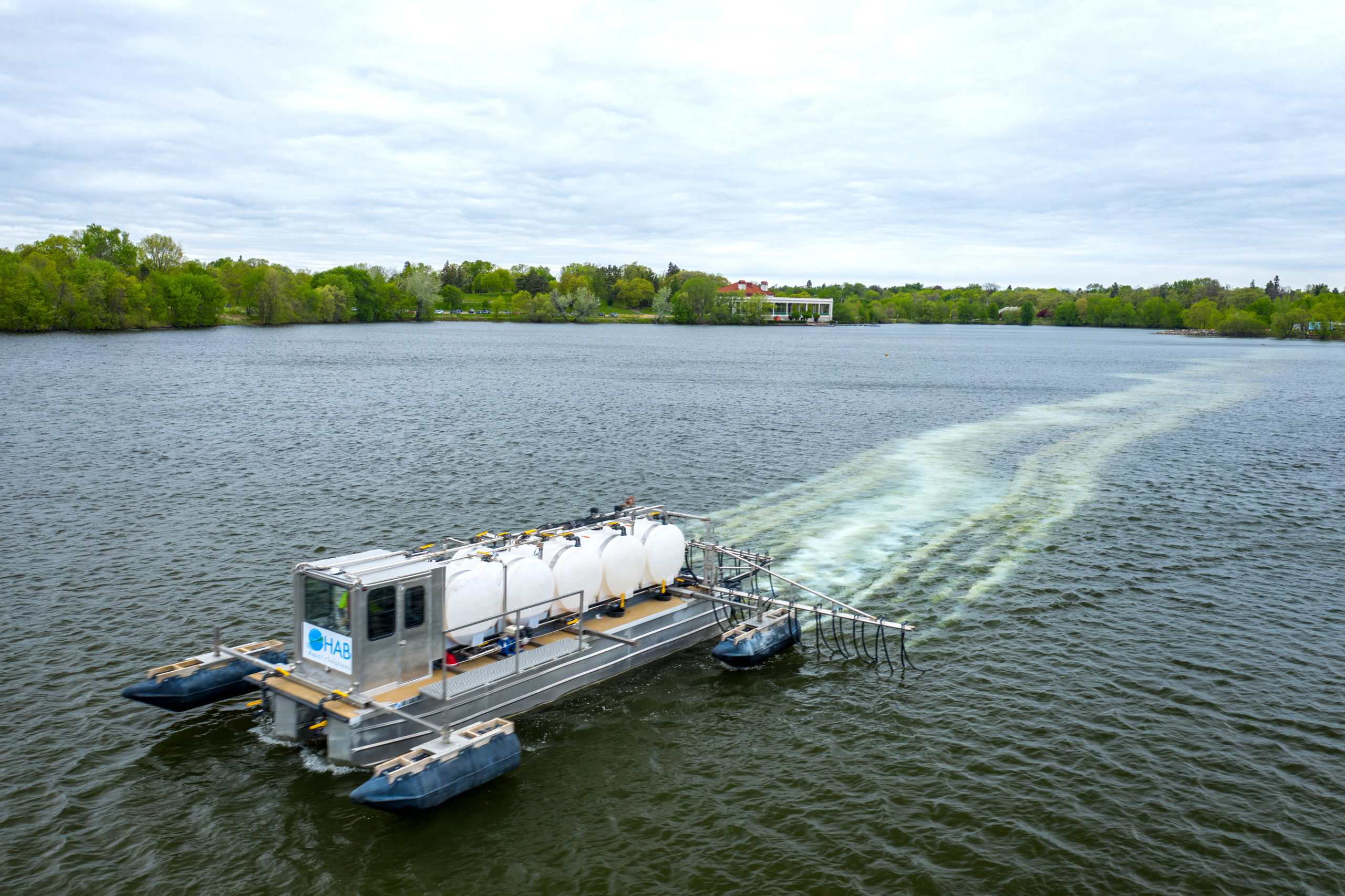


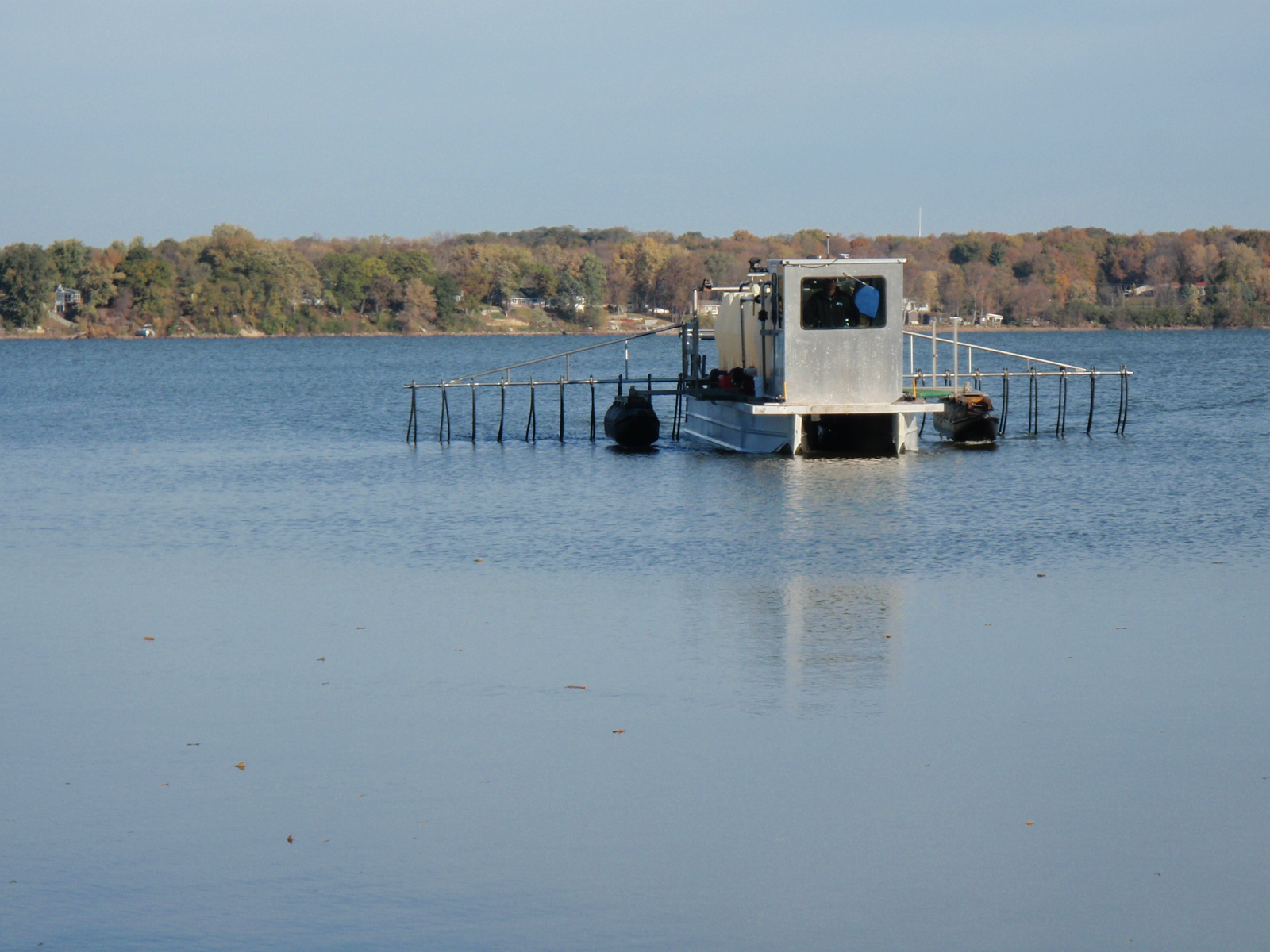


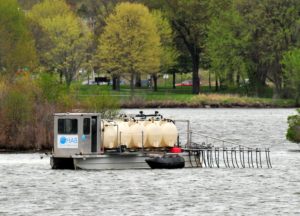



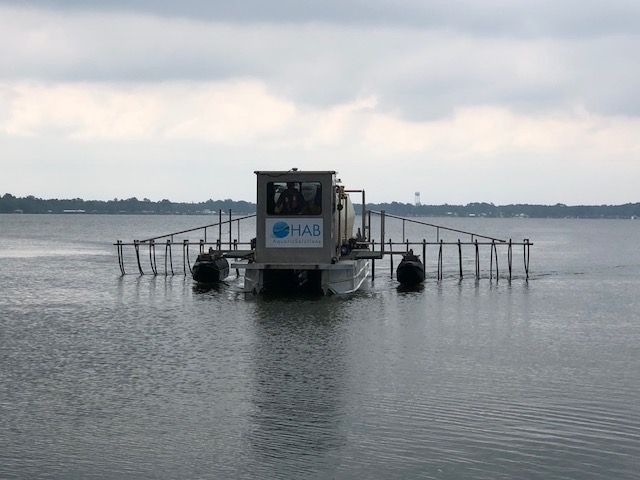

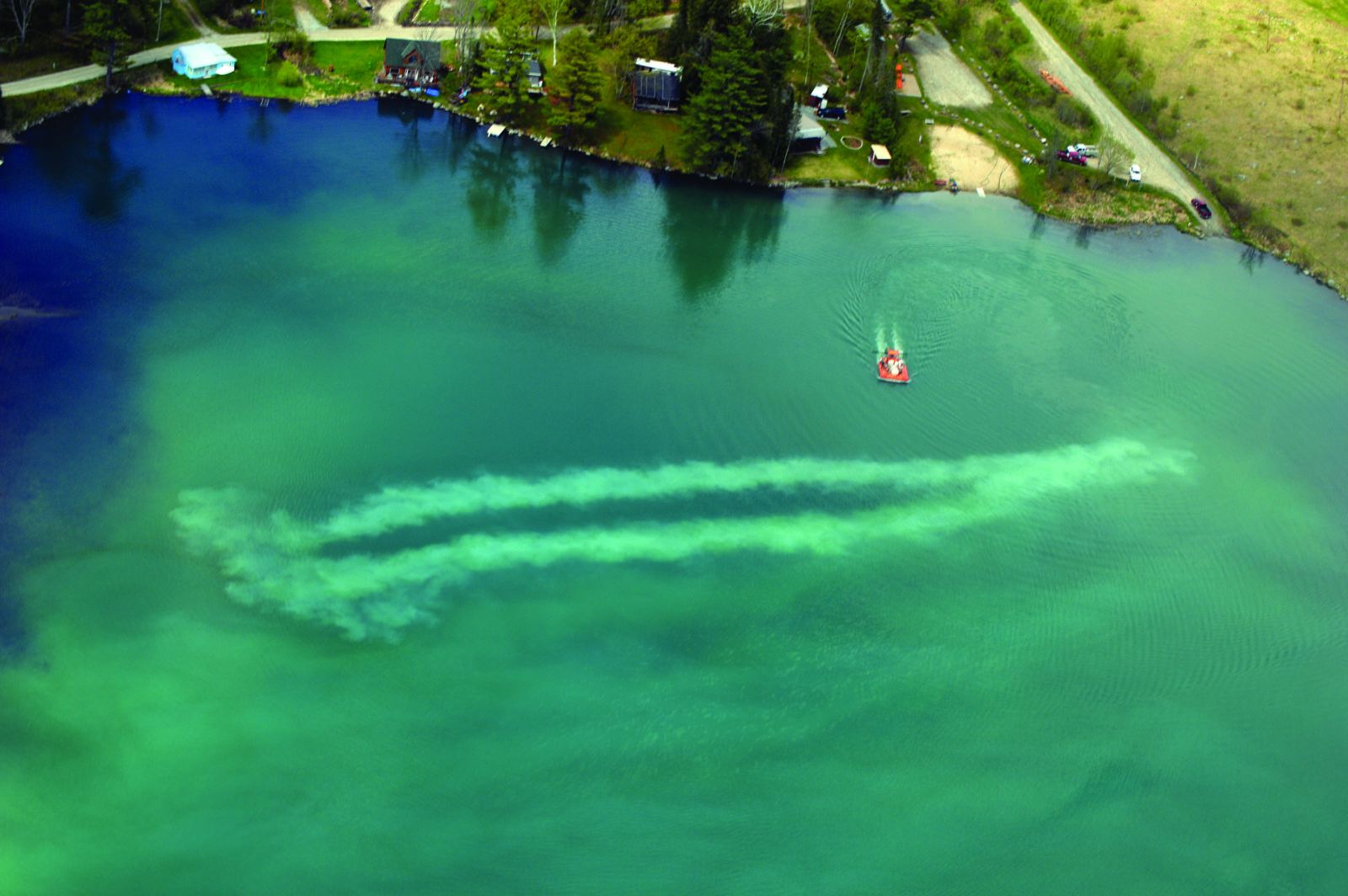


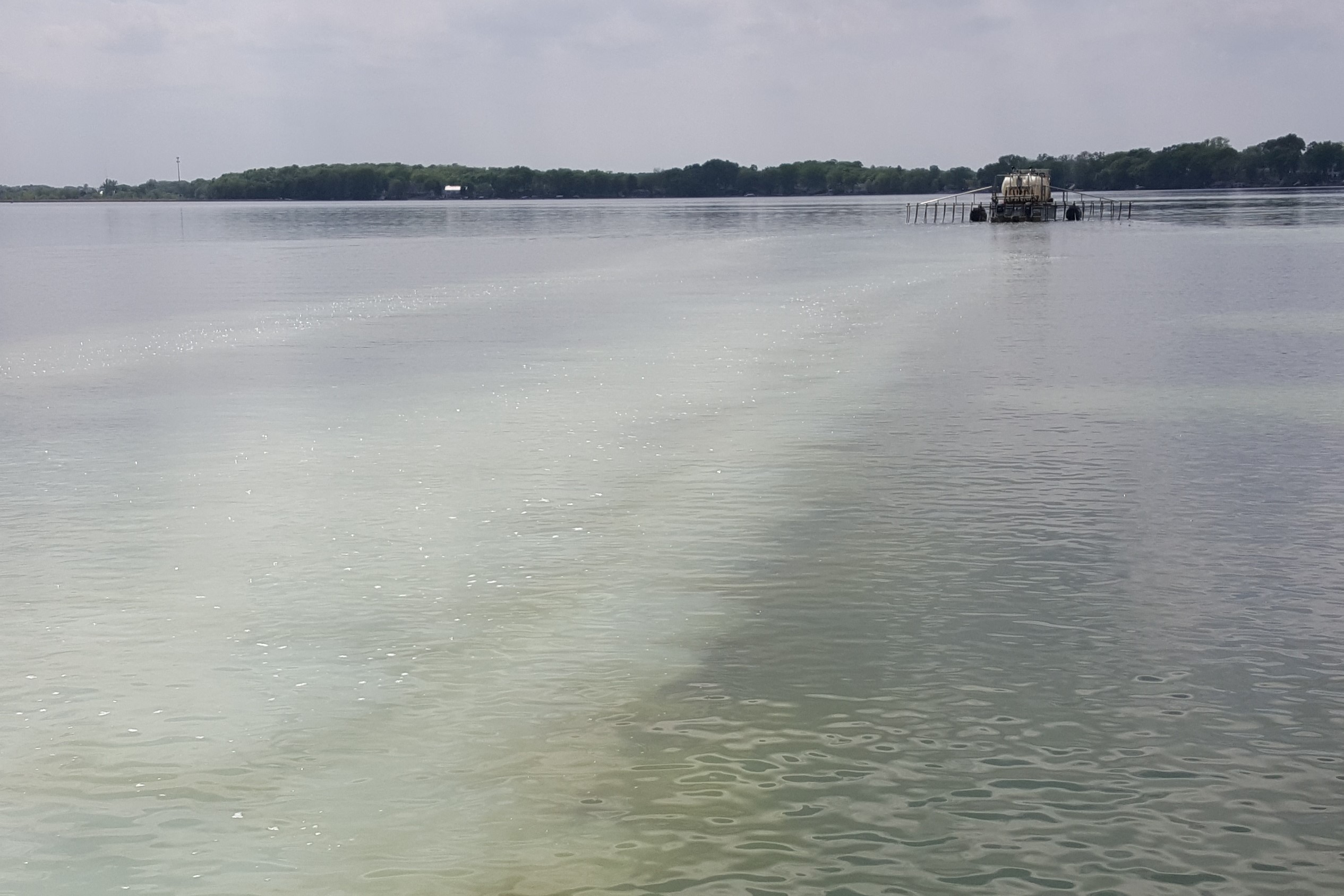

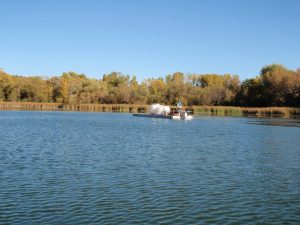







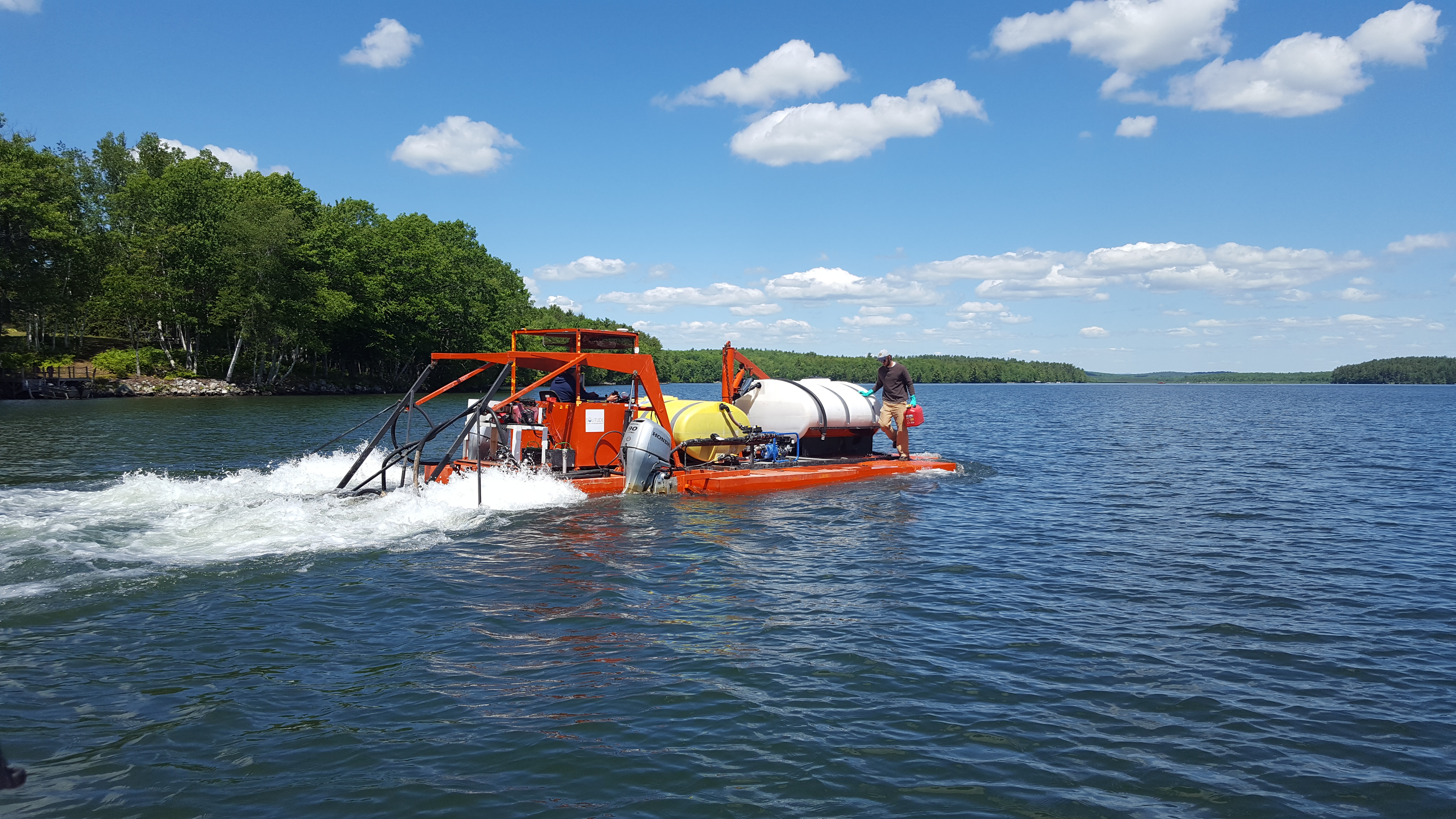

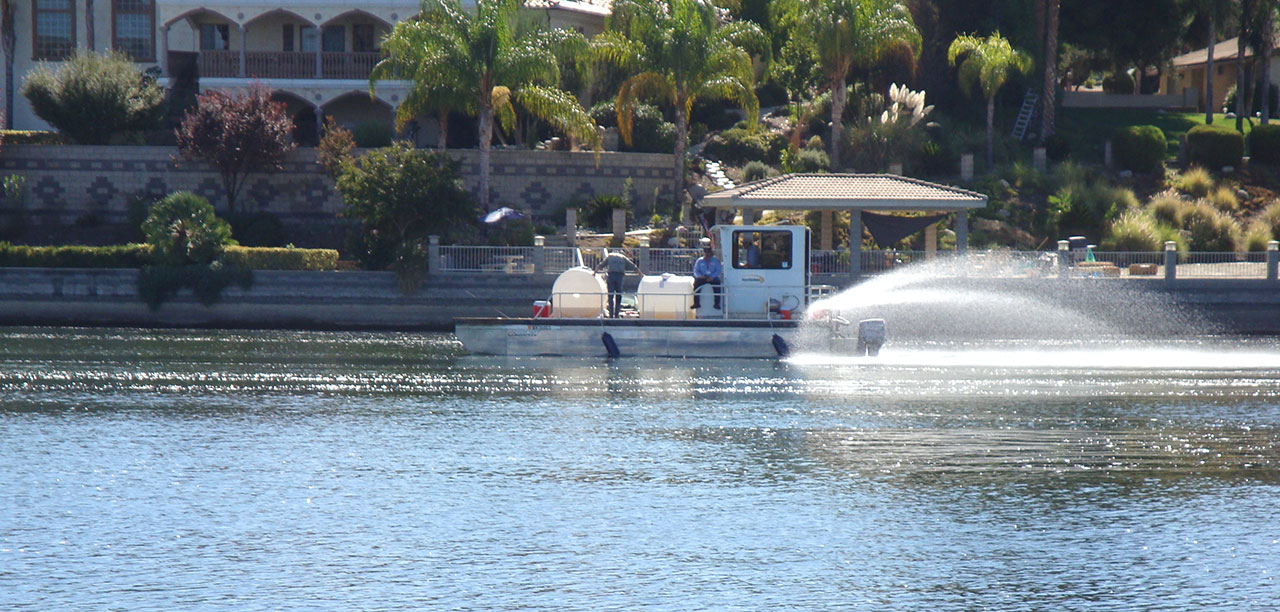
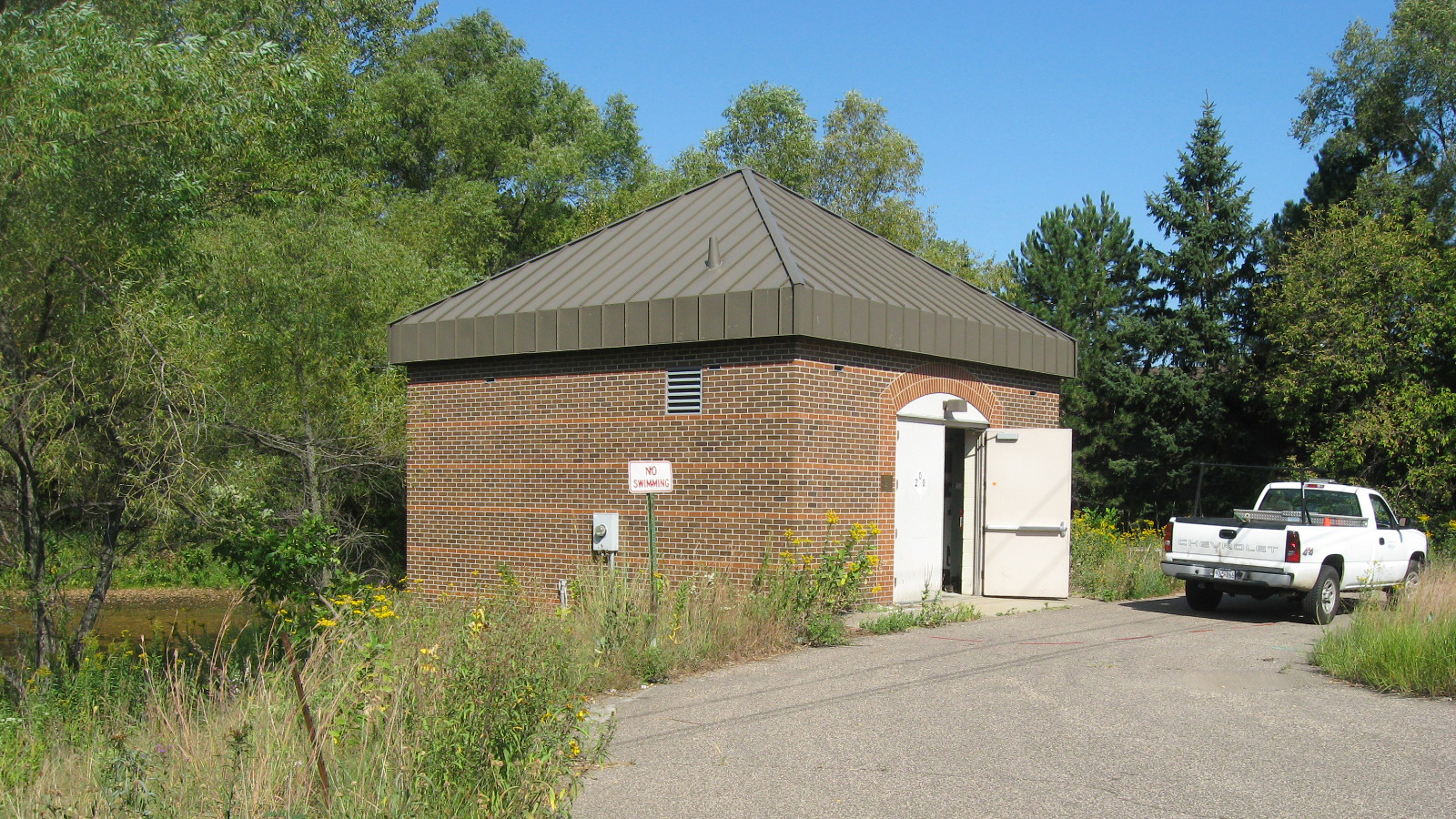


Post a Comment for "Alum Treatment For Lakes"